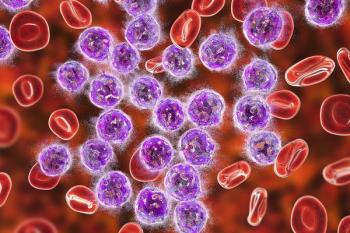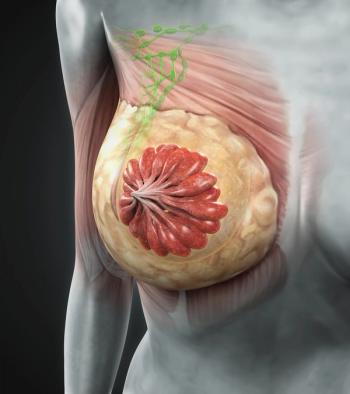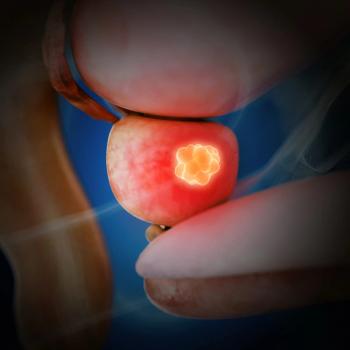
Jeffrey Wolf, MD, on the Lack of MRD Results at ASH and the Future of Myeloma Trials
Jeffrey Wolf, MD, explained how studies presented at the recent 2020 ASH Annual Meeting & Exposition did not report what percentage of patients achieved minimal residual disease negativity with therapy for multiple myeloma, and that the future of phase 3 trials should focus on this status in patients.
Jeffrey Wolf, MD, of the University of California San Francisco, spoke with CancerNetwork® regarding multiple myeloma studies presented at the 2020 American Society of Hematology (ASH) Annual Meeting & Exposition. He mentioned they did not report what percent of patients achieved minimal residual disease (MRD) negativity, and that the future of phase 3 trials should focus on MRD status.
Transcription:
We’ve shown regularly that achieving MRD negativity results in better outcomes. , and When we introduced new therapies at ASH just this last weekend, there was not 1 study of 1 new agent—whether it’s a T-cell engager, sometimes known as a BiTE, or a CAR T-cell [therapy]—that when the investigators reported their results, they also reported what percent [of patients] achieved MRD negativity. And The same thing will occur with randomized phase 3 studies, for example, in which some of our therapies are so good that we wait years to see ultimate outcomes. , when Many of us in the field believe that if we measure MRD at certain time points, we could already predict which arm is the better arm, whether its therapy A or therapy B, by what percentage [of patients] achieve MRD negativity. That would shorten the time period for which you have to follow these studies so that you could then take that information and move on to the next one.
Newsletter
Stay up to date on recent advances in the multidisciplinary approach to cancer.





















































































